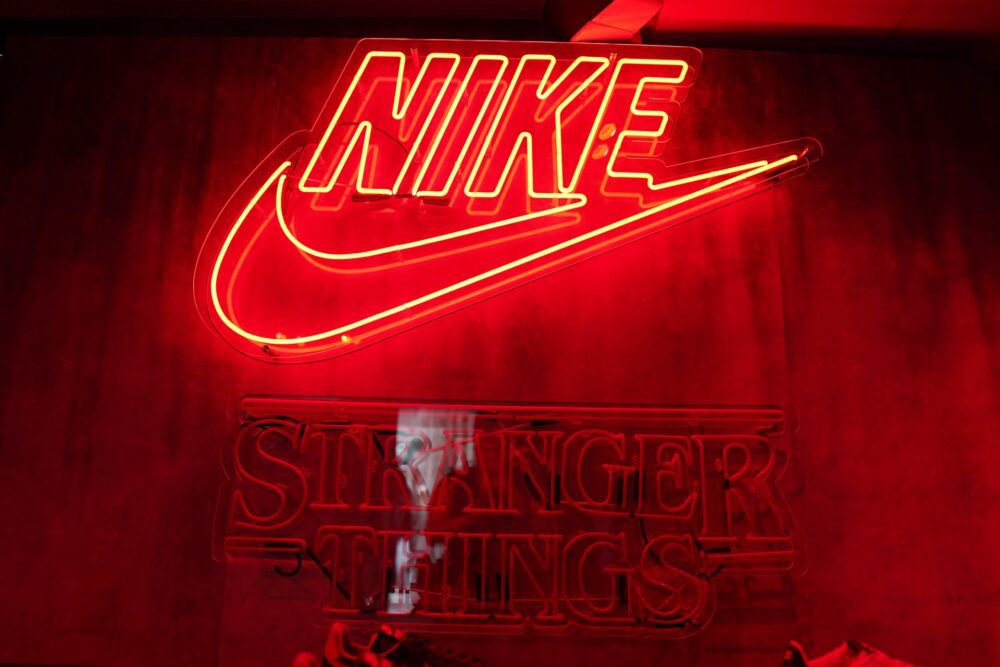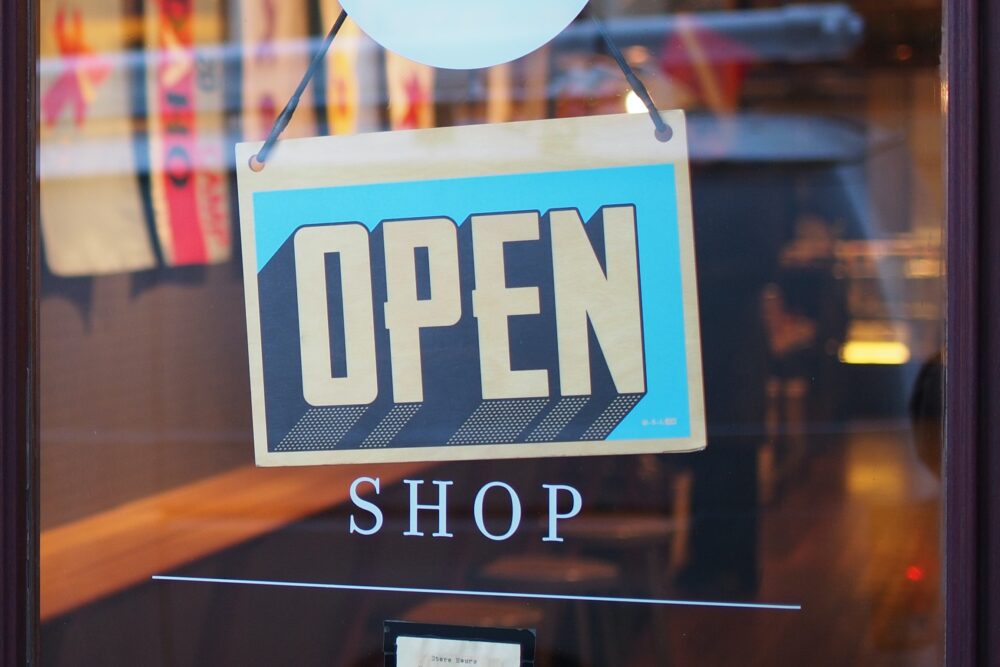It’s an understatement to say that our lifestyles have been totally disrupted by the pandemic. Among many others, one thing we have missed over the past months is without a doubt the real-life shopping experience. The queues formed outside branches of Primark, JD Sports, and TK Maxx as retailers extended their opening hours to meet demand as crowds flooded back to the high street are a reassuring confirmation.
Nostalgia has been a recurring theme in the past year, a feeling of longing for a time in the past with which we associate sentimental longing or wistful affection. Netflix series such as Stranger Things, or The Crown, have been key markers of a nostalgia trend.

Does this nostalgia trend also apply to the retail sector? Undoubtedly this year people have felt nostalgic for a past that wasn’t all too long ago, and this might play in retail’s favour. Shopping online is great, but it is nothing like strolling through the aisles of your favourite store, physically touching the items or discovering new trends first-hand. We no longer find it exciting to receive parcels at the door. Endless months of working from home and social distancing has reminded us as a collective that we are social beings with a thirst for physical experiences.
Brands often use nostalgia as a tool or strategy to update their offer by revisiting their iconic messaging, slogans and products. Advertising is quick to exploit this phenomenon. Apple has been known to use nostalgic marketing by directly paralleling their products from the past with their brand new ones. In 2001, a US billboard showed a picture of the first iPod alongside the slogan “1,000 songs in your pocket”. Last year, Apple commissioned a billboard in the same style showcasing the Apple Watch, with a slogan that read “60 million songs. On your wrist”. It was clever. Apple evoked the emotion of nostalgia for a time when Apple products were first being introduced to the world, whilst also showing their success as a global tech brand today.

Some brands even use nostalgia to broaden their target audience. Levi’s did this to reverse its policy of selling adult ranges to children (even babies are entitled to their 501s!).
Millennials and Generation Z are also driving the nostalgia craze with their demand for commitment and sustainability. This has led to the boom in the “recommerce” market (the activity of relisting used goods) with 2/3rds of Brits now selling their used items online. Iconic sportswear brand Nike has also embraced the resale line for used goods, with its Nike Refurbished line.
If nostalgia works, it’s because it enables brands to develop a more human relationship with consumers. This was illustrated by Ralph Lauren who, to commemorate its 40th anniversary, used its website to show personal, memorable images of the brand throughout the decades. Cleverly, the display of images highlighted the special bond between the brand and its customers throughout time.
At the start of 2020, nine in ten Brits said they were nostalgic for the past, according to a YouGov survey. It seems nearly all of us romanticise about the ‘good old days’.
After going through months of lockdowns, consumers are desperate for the “shopping experience” – to meet people, touch and look at the products, to see and be seen. Moreover, a study published by Mood Media last year showed the importance of experiencing an atmosphere when shopping. More than three-quarters (78%) of buyers surveyed said that a pleasant in-store atmosphere was a key factor in their choice to shop in-store rather than online.
As we ease out of another lockdown, the in-store sensory experience plays just as crucial a role as ever before. The ability to touch, smell and try the product is still the main reason consumers head to the shops and choose to buy from physical stores rather than online (47%). This is followed by the ease of instantly taking the purchase home (46%) and the ability to discover new products (36%).
Only 8% of consumers globally said in-store sanitary measures affected their shopping experience. Consumers today are nostalgic for a pre-pandemic experience and the return to normalcy will be a catalyst in the boom in retail commerce. However, retailers must be prepared for this rush back to the shops to make sure they hit the ground running.

Everything changed in 2020, according to IBM’s 2020 U.S. Retail Index report, most notably that the pandemic has accelerated the shift to digital shopping by roughly five years. The more the Internet and e-commerce develop, the more customers will seek real physical and sensory encounters with brands and their products. We not only go to a shop for the brand but for the brand’s in-store experience too.
Impressive in-store installations such as those implemented by Mood Media within Primark’s Westfield White City Store are the perfect backdrop for content creation and advocating customer interaction. Other examples include fashion brand Coach who recently launched their Spring 2021 collection in a series of phygital shops in Beijing, Shanghai and Singapore that allow customers to walk through an interactive natural world. Partnering with artist Juergen Teller, the Coach collaboration has created the perfect ‘instagrammable’ shopping experience.
Furthermore, the role of salespeople will become more and more essential. Customers need dialogues and exchanges, and staff on the shop floor can offer so much more than an often-frustrating online chat can ever do.

Cultivating this nostalgia for physical shopping based on its own values will be the other opportunity for brands. Nostalgia allows experiences that provoke an emotional reaction.
Brands will have to work hard to use their heritage to make sure their customers experience this nostalgia positively. Working on their in-store atmosphere will allow consumers to rediscover the past connection it had with the brand as a result feel reassured, a much needed feeling in these times.
To recreate this atmosphere, nothing will beat the use of point-of-sale media such as music or digital signage.
The key for brands will be the perceived improvement in quality, trust and loyalty from their customers. Then, it’s El Dorado all the way!















